What To Plant After Tomatoes: 6 Second Crops To Prolong The Growing Season
Your tomatoes may be winding down for the season, but you can reuse the space to grow a fresh crop of cool-weather vegetables.
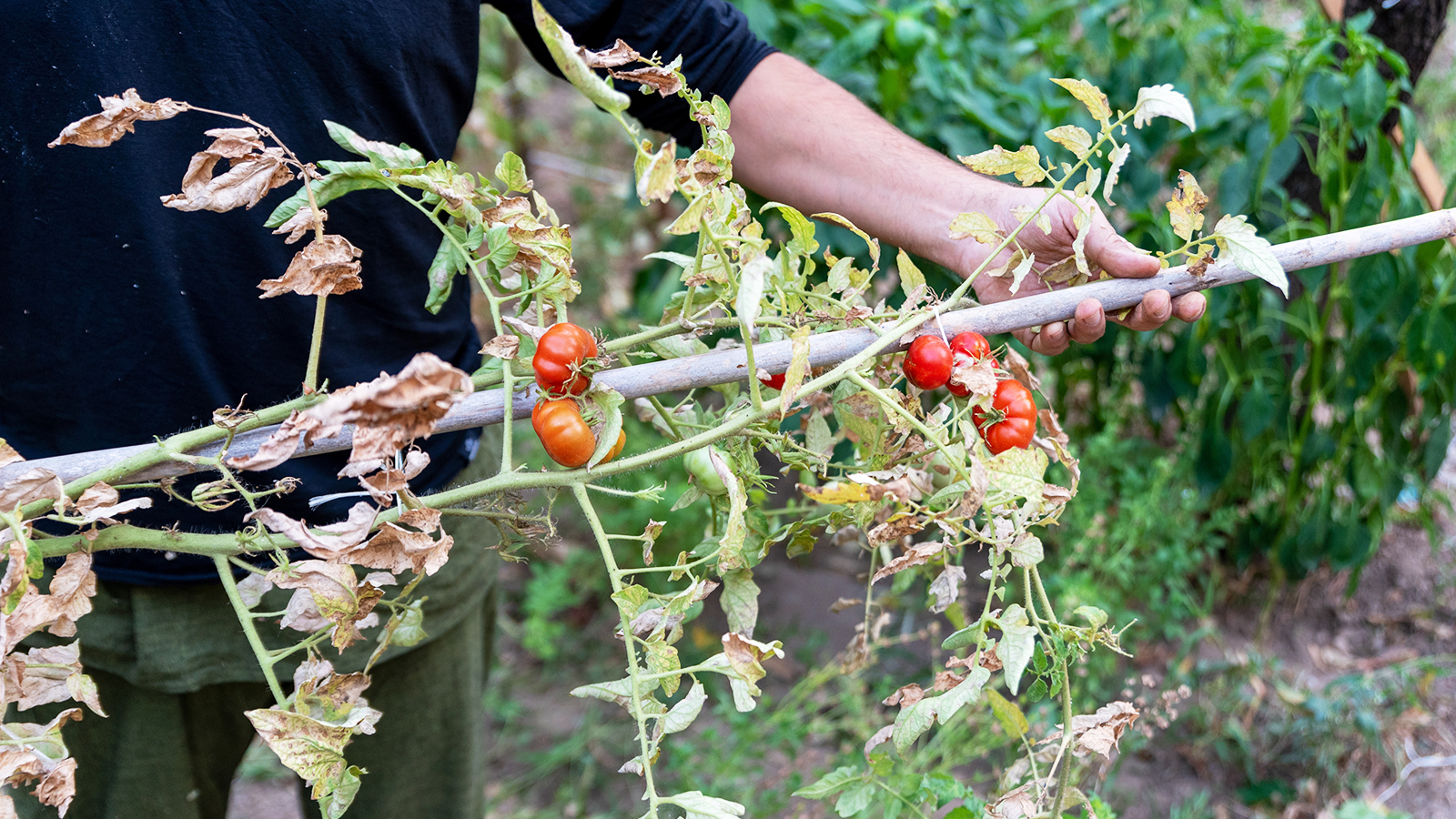

Melanie Griffiths
As the season slows, watching your tomatoes and other plants finish their production can be quite sad. The cooler temperatures and lower light signal to these plants that it is time to produce seed and die back. While quite normal, this will leave your garden looking less than bountiful and you will find your hand-picked daily produce quite reduced.
But with a little planning, you can have a late-season garden, and in some zones a winter garden. Second crops – also known as succession crops or follow-on crops – can be planted after your main crop has finished. Using crop rotation succession planting techniques you can remove your fading tomato plants and replace them with late-season crops. This enables you to maximize your existing space and enjoy an almost continual harvest.
Best Vegetables to Plant After Tomatoes in the Fall
There are many vegetables to plant in the fall – the key is knowing when to start cool-weather crops so you can extend the growing season and get the best out of your landscape. Unless you choose fast-growing vegetables, you will need to start seeds in pots or modules, for transplanting into their final positions, or buy seedlings from the garden center.
Read your seed packets and count backward from the date of the first frost prior to planting. This will tell you how long you have from seed to harvest and prevent semi-tender plants from succumbing to cold. Your local extension office will be able to provide you with the approximate date of the first frost. Cool-season veggies need to be in the ground before this date.
Before planting, properly remove the tomato plants and dig over the soil. The tomatoes will have depleted its nutrients so mix in some fresh compost.
With a little planning and effort, you will be eating well into the cold season with our pick of vegetables to plant after tomatoes.
1. Leafy Greens
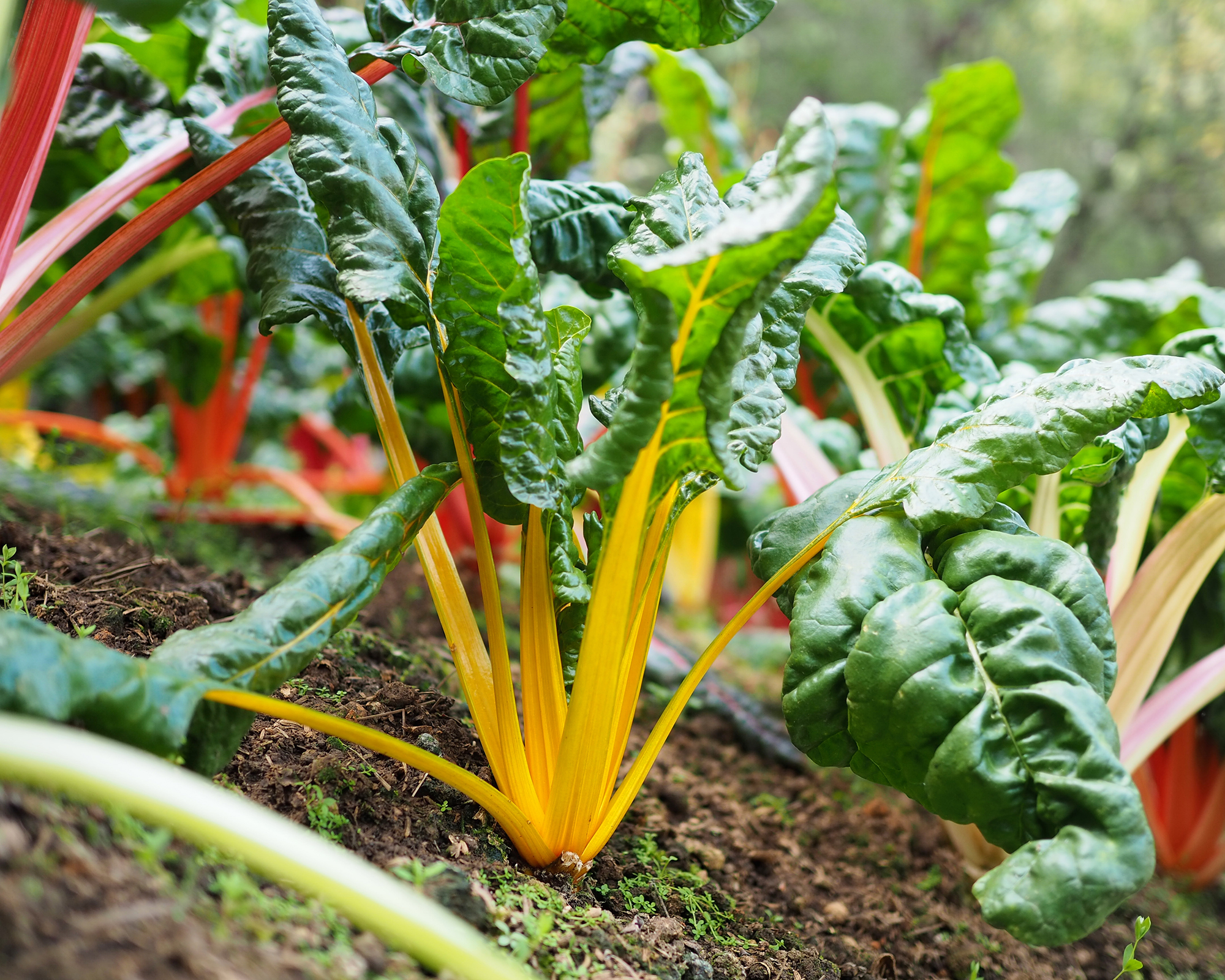
Leafy greens picked straight from the garden will give you that freshness you crave while packing a punch in nutrients.
Sign up for the Gardening Know How newsletter today and receive a free copy of our e-book "How to Grow Delicious Tomatoes".
These cool-season greens are easy to start from seed and quick to crop – ideal for planting after tomatoes:
- Spinach is a classic green that is wonderful fresh or cooked. Giant Winter is a hardy variety perfect for northern gardeners. Sow seeds directly from late August to early September.
- Swiss chard is a delicious green with edible stems, often in showy colors. This can be planted directly or sown into trays and planted out in September.
- Many Asian greens are fast growing like bok choy and mizuna.
- Mustard greens and turnip greens are other cool-season crops packed with flavor.
2. Root Vegetables

You can successfully plant root vegetables such as beets, carrots, radishes, rutabagas, and turnips after tomatoes as the seeds prefer to germinate in cooler temperatures.
On average, sow root crops 10-12 weeks before the date of your first frost – with the exception of radishes which are ready to harvest in just a few weeks.
If you are worried about the roots freezing or soil heaving that can expose the roots, cover around the site with organic mulch. Straw, hay, wood chips, dried leaf or grass clippings, and compost are excellent ways to keep the soil lightly warm while gently providing nutrients.
Thin the crops before the roots get large and crowd each other. This can keep the roots from achieving their full size, and cause forking and distorted roots. In most of these root vegetables, you can eat the thinnings in a salad so there’s no waste.
3. Peas
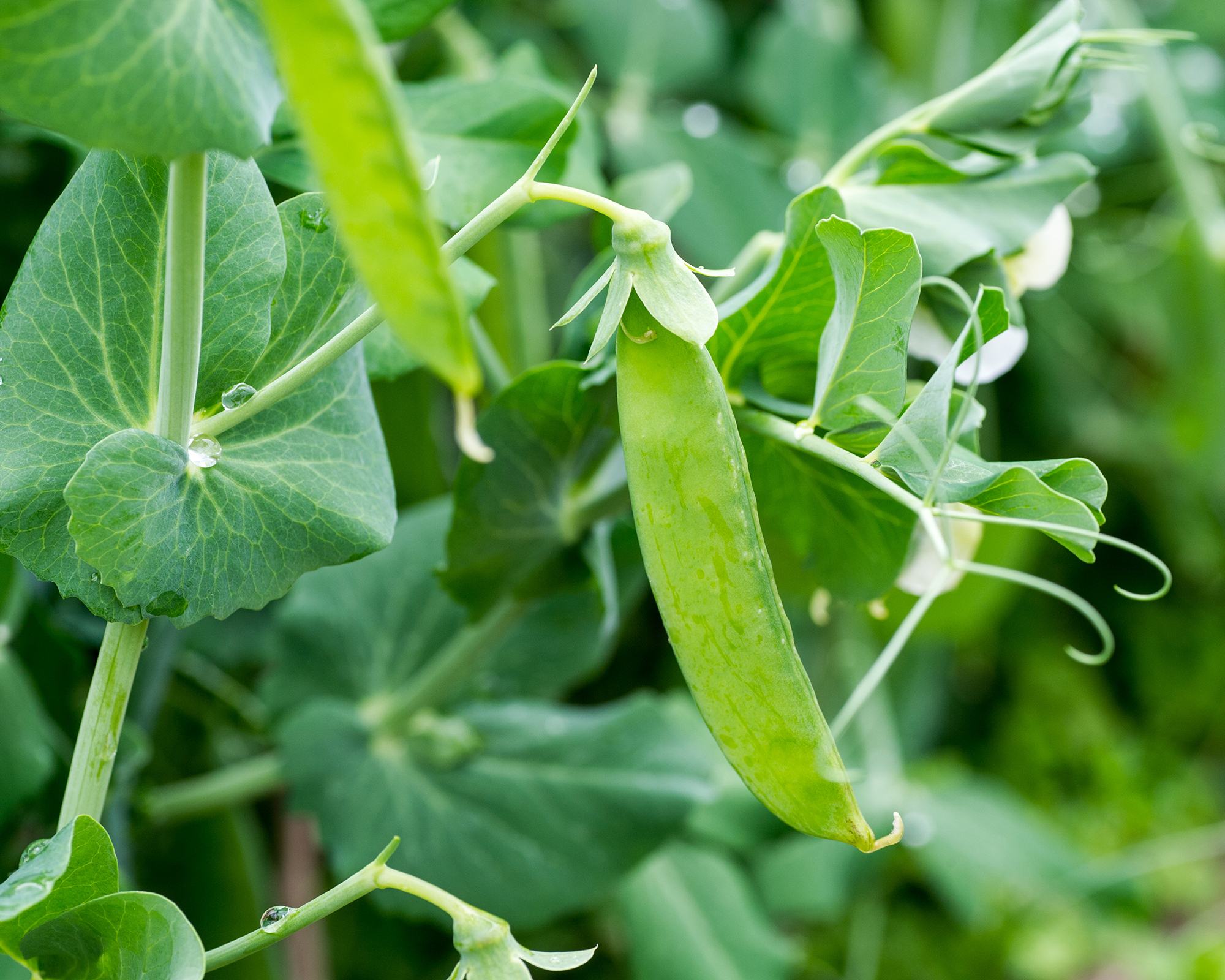
Peas are a delightful cool-season crop that can survive temperatures in the high 20°Fs (-7°C).
Shelling peas will take the longest to produce pods, but snap and snow peas will produce pods 8-12 weeks from planting the seed. These are excellent in salads and as snacks, but can also be blanched and frozen.
Pea seeds need to be sown two months before the first frost date. Higher temperatures in August can make these a challenge to grow, so provide them some cover from harsh sun with shade fabric. Keep the soil around the roots cool with an organic mulch.
4. Lettuce
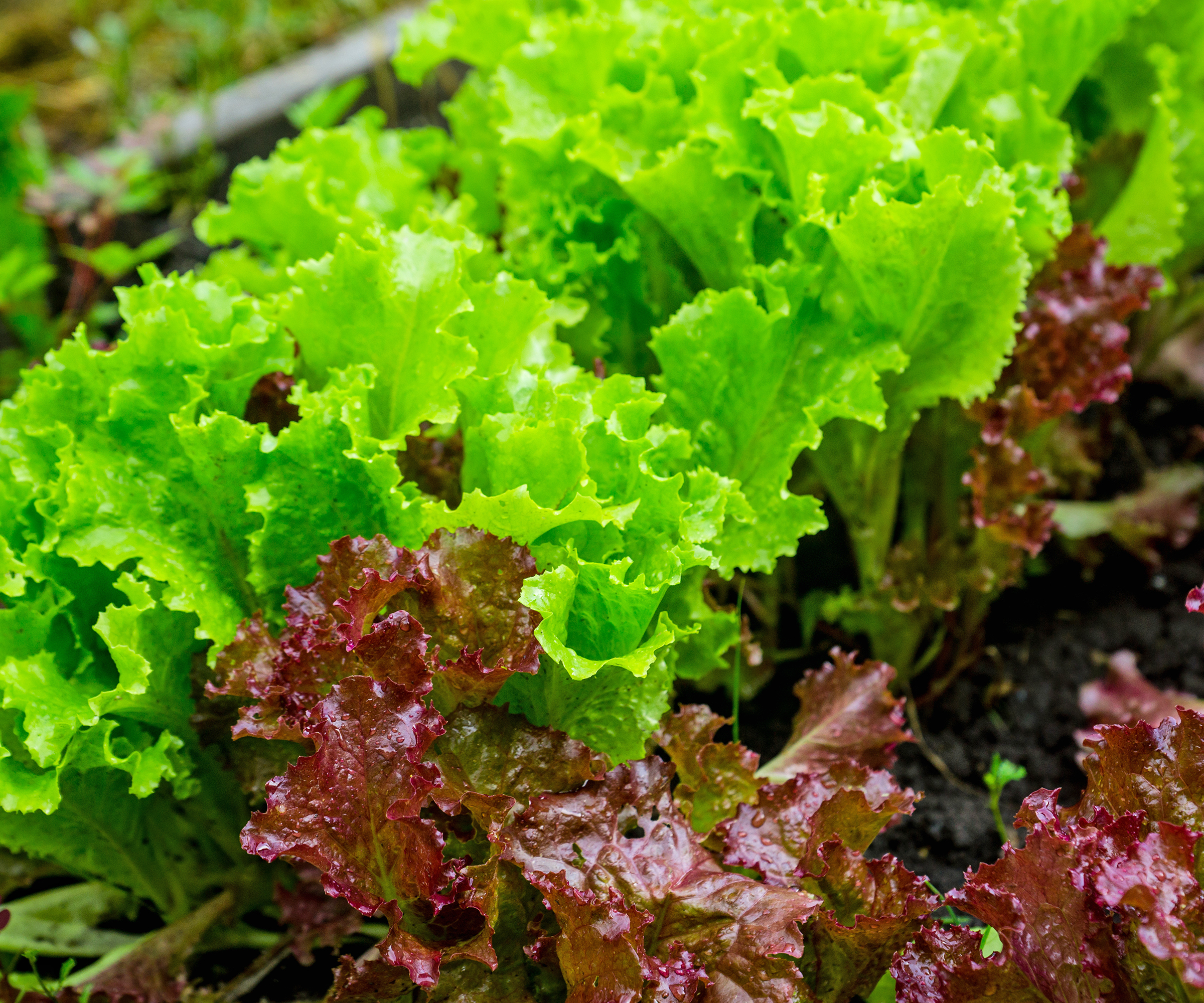
Lettuce is an ideal follow-on crop for tomatoes as it prefers cooler weather and is ready to harvest just 30-70 days after sowing. Succession plant each week so you can enjoy lettuce well into the cold season.
Many varieties of lettuce can be grown as cut-and-come-again crops. This means you can cut some or all of the leaves, leaving the crown intact, and the plant will push out new leaves. In this way, one plant could have multiple harvests.
Lettuce germinates best in cooler temperatures below 70°F (21°C). Sow the seed in flats and plant it out when the temperatures begin to cool. You can also grow lettuce in containers and they will survive light freezes.
5. Kohlrabi
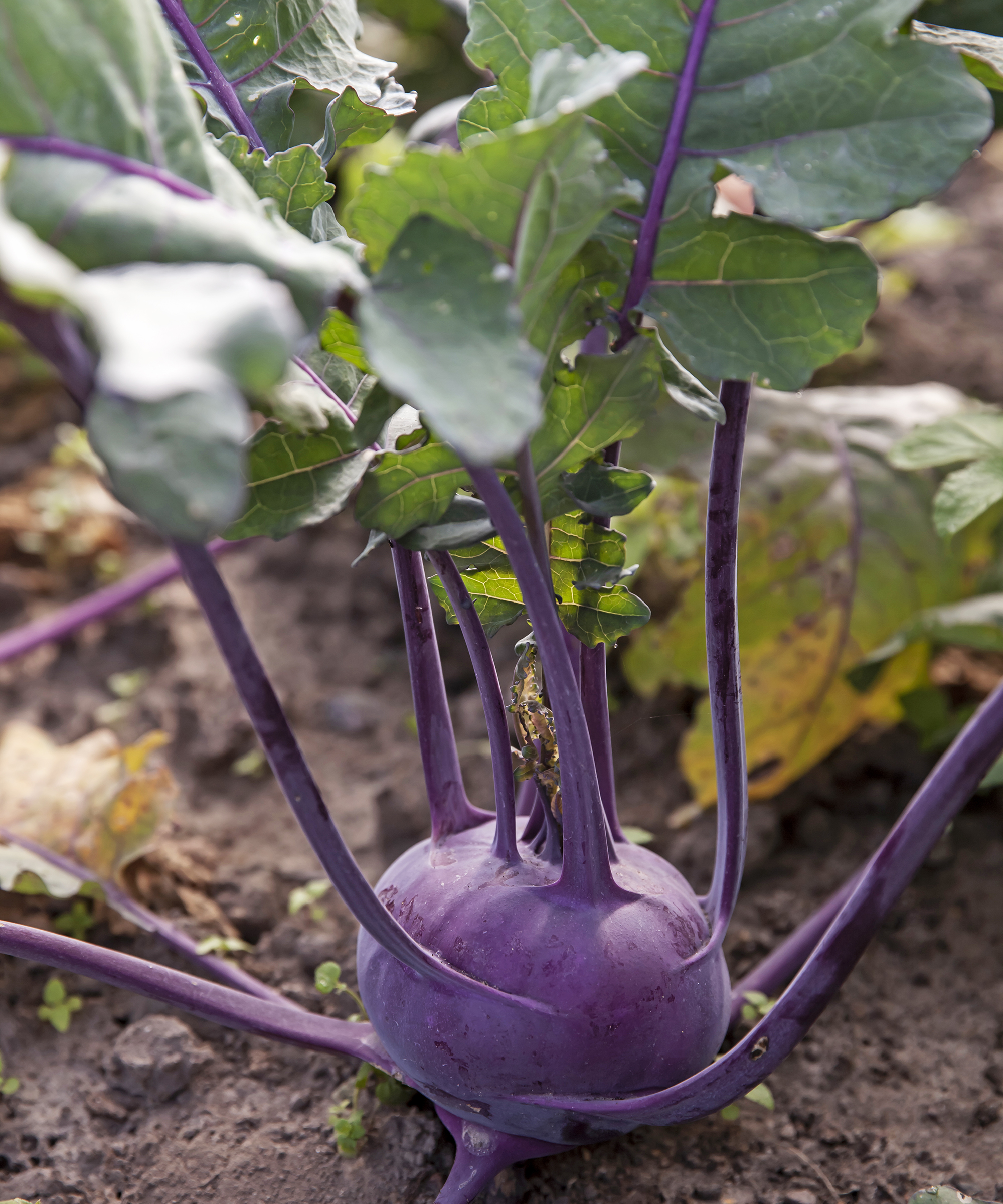
Kohlrabi is an underused and delicious vegetable. It produces a bulb above ground that has flavors similar to cabbage. The plant is often called turnip cabbage and is used in the same manner as these two vegetables.
There are many varieties and sizes available of this amazing veggie, and even bulbs in deep purple.
Delightful either raw or cooked, kohlrabi is very versatile. It is frost tolerant and fast growing – ready for harvest in just 55-70 days after sowing seeds in mid to late summer.
Harvest the bulb before the stem becomes woody to ensure tender flesh. Kohlrabi can be stored in the vegetable crisper for several weeks and will still retain its crisp nature.
6. Brassicas
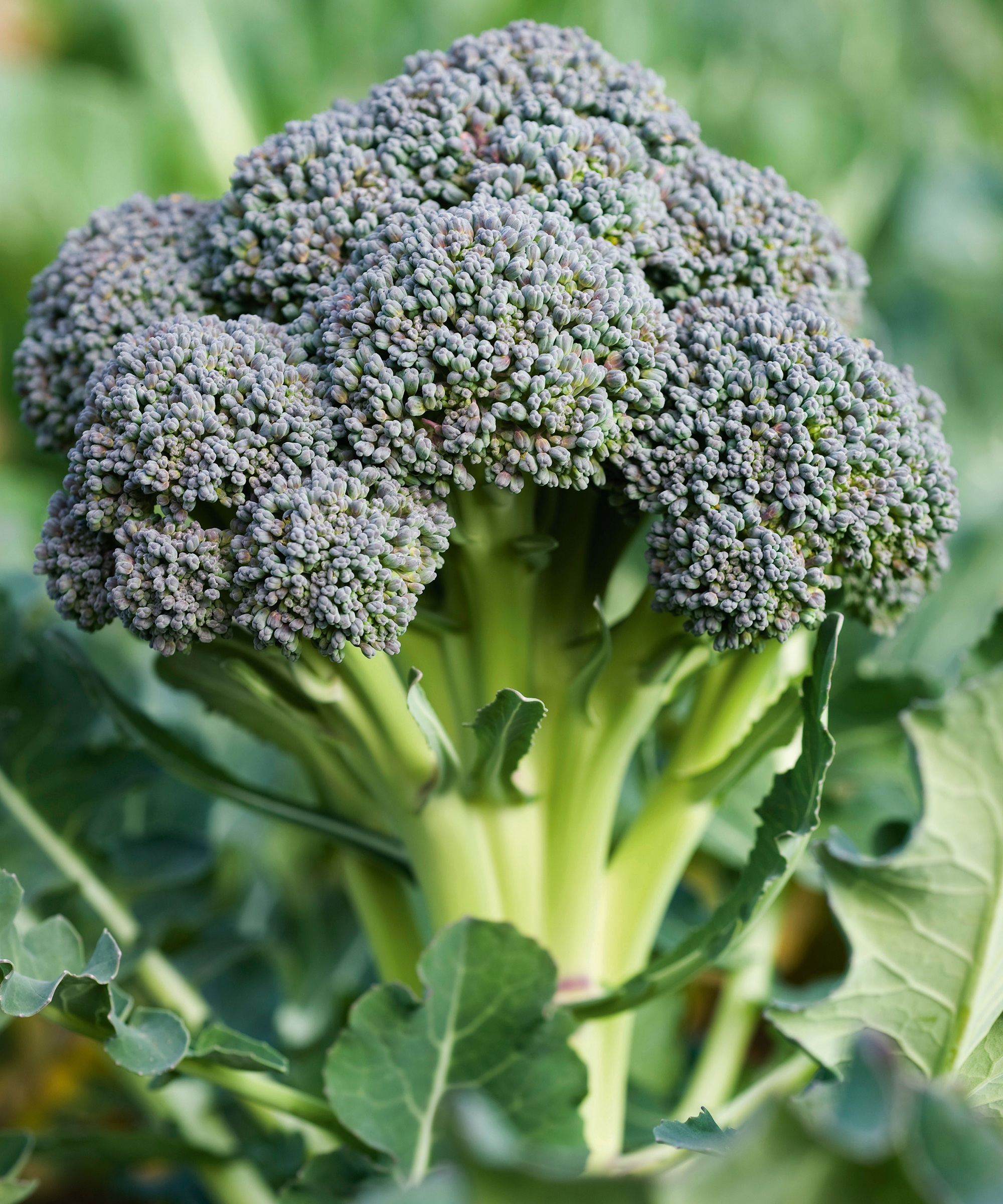
Kale, broccoli, cabbage, and cauliflower are all cool-season crops ideal for planting after tomatoes. Select low-to-bolt varieties for the best flavor.
The seeds should be started in the garden 6-8 weeks before the first frost. Alternatively, you can start them indoors and plant them out 4 weeks before the first frost.
Many brassicas will grow through winter in milder climates but gardeners in cooler regions should protect the plants with a cold frame or tunnel.
Watch flowered heads of broccoli and cauliflower for aphids and use a horticultural soap at the first sign. By this time in the season, the cabbage moths have done the most of their damage and the brassicas will not be bothered. Use floating row covers to protect the plants from other pests which can damage leaves and edible flowers.
As your cauliflower head begins to form, fold over the large outer leaves to protect it from sun damage.
This article features products available from third-party vendors on the Gardening Know How Shop.

Bonnie Grant is a professional landscaper with a Certification in Urban Gardening. She has been gardening and writing for 15 years. A former professional chef, she has a passion for edible landscaping.
- Melanie GriffithsEditor in Chief
